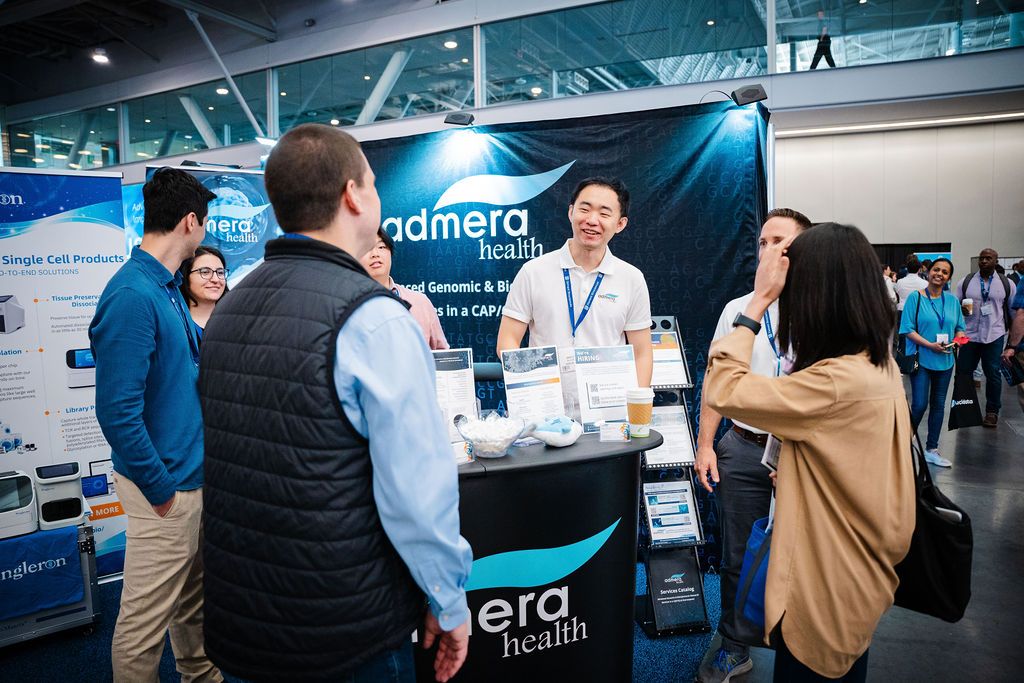Patrick Boyd, Austin Holmes, Camden Jansen, Eric Pu, Sanika Khare, Dominic Skinner, Bryce Alves, Scale Biosciences
Single Cell DNA methylomes from multiple tissues demonstrates tissue heterogeneity and target enrichment as a driver of read utility
Abstract
Comparative analysis of single cell gene expression technologies is helpful in choosing a
platform that fits experimental needs. However, emerging single cell (sc) technologies, like
scDNA methylation, are currently unavailable across platforms and are unable to benefit
from such analysis. Rather than comparing the performance of one tissue across multiple
technologies, here we present one technology and a comparative analysis across multiple
tissues, and sequencing read depths, with target enrichment. We integrate bulk-DNA
methylation with single cell and transform methylation data to gene level metrics on par
with current technologies. These datasets give guidelines on how to maximize the data per
cell without excessive sequencing, allowing experiments to scale up.
Single cell DNA methylation adds value to current genetic and epigenetic modalities as an
orthogonal dataset that further characterizes functional genomics. Scale Bio offers a kitted
platform for library generation and analysis of thousands of single cell methylomes. DNA
methylation from bulk samples has been widely demonstrated to be a gene regulatory
mechanism in health and disease, however large-scale single cell datasets are limited. At
the onset of new technologies sequencing depth and cell number often exceed
requirements for the most basic single cell analyses such as cell clustering, cell
annotation and calling differentially methylated regions. At these high read depths and high
cell # per sample, sample multiplexing in a biologically relevant way becomes difficult. We
investigated six single cell methylomes (solid tumor, blood tumor, young PBMCs, old
PBMCs, human brain and mouse brain) generated with Scale Bio scMet kit. For the tumor
samples, we conducted copy number variation analysis alongside down-sampled read
depth and cell number. For all samples, we cross compared cell clustering and cell
annotation/recovery at various sequencing depths and cell number demonstrating that
brain tissue tolerates much lower read depths. Each of these libraries were further
enriched using the Twist Human methylome panel, demonstrating that an enrichment of
regulatory regions allows for even lower read depths while maintaining a high number of
significant DMRs.
In conclusion these datasets and analyses conclude that tissue heterogeneity and the
enrichment of known differentially methylated regions is a critical factor when considering
sequencing depth required and the cell number per sample. However, emerging single cell
methylomes continue to fine tune known DNA regulatory elements as well as facilitate
discovery of de novo DNA methylation events at the single cell level.

